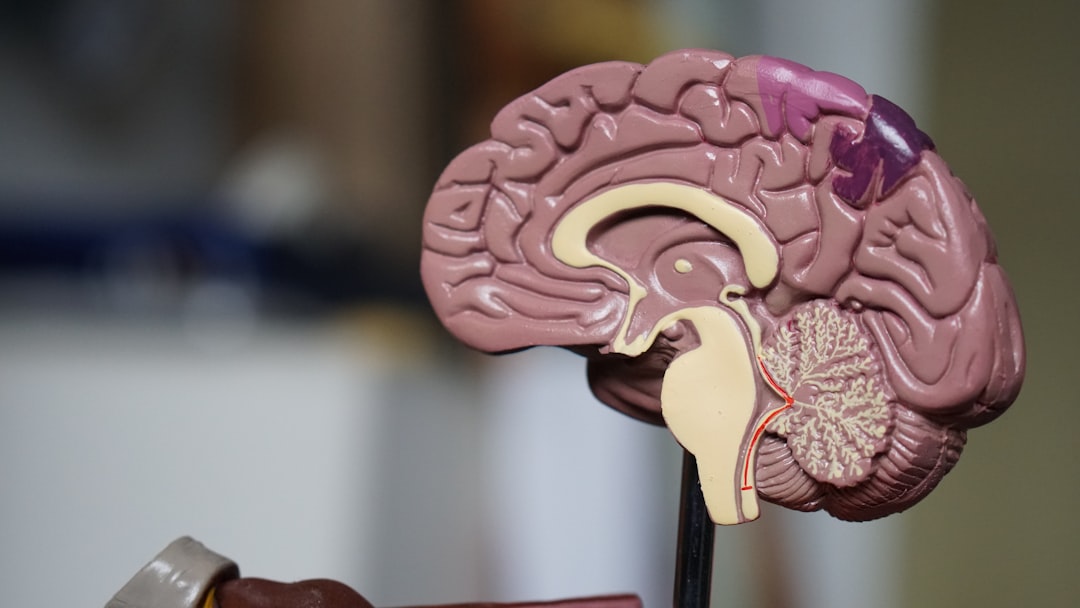What is it about?
This publication shows that the bacterium, Campylobacter jejuni, a very common cause of food poisoning, is able to detect when it is inside its host by recognising the host digestive enzyme, pancreatic amylase. This is the first time that pancreatic amylase has been shown to work as a signal for bacteria. In response to the presence of pancreatic amylase, Campylobacter secretes a polysaccharide (a long chain of sugars) that allows it to stick inside the intestine of the host and then cause diarrhoea.
Featured Image
Why is it important?
Campylobacter is one of the most common causes of food poisoning. The bacterium lives naturally in the intestines of chickens but does not cause diarrhoea in this host. It only causes diarrhoea when it infects humans. One of the most important sources of human infection is consuming undercooked chicken and if we can reduce the levels of Campylobacter in chickens reared for food, we might be able to reduce the risk of human disease. Our publication shows that Campylobacter is producing a polysaccharide (a long chain of sugars) inside the chicken that helps it to stick. If we can add something to chicken feed that prevents Campylobacter from producing this polysaccharide or degrades it, we might be able to prevent Campylobacter from growing in chickens
Perspectives
The basic research we have published is necessary to develop new interventions aimed at reducing the levels of Campylobacter in chickens.
Dr Elaine Allan
University College London
Read the Original
This page is a summary of: Pancreatic Amylase Is an Environmental Signal for Regulation of Biofilm Formation and Host Interaction in Campylobacter jejuni, Infection and Immunity, October 2015, ASM Journals,
DOI: 10.1128/iai.01064-15.
You can read the full text:
Contributors
The following have contributed to this page










